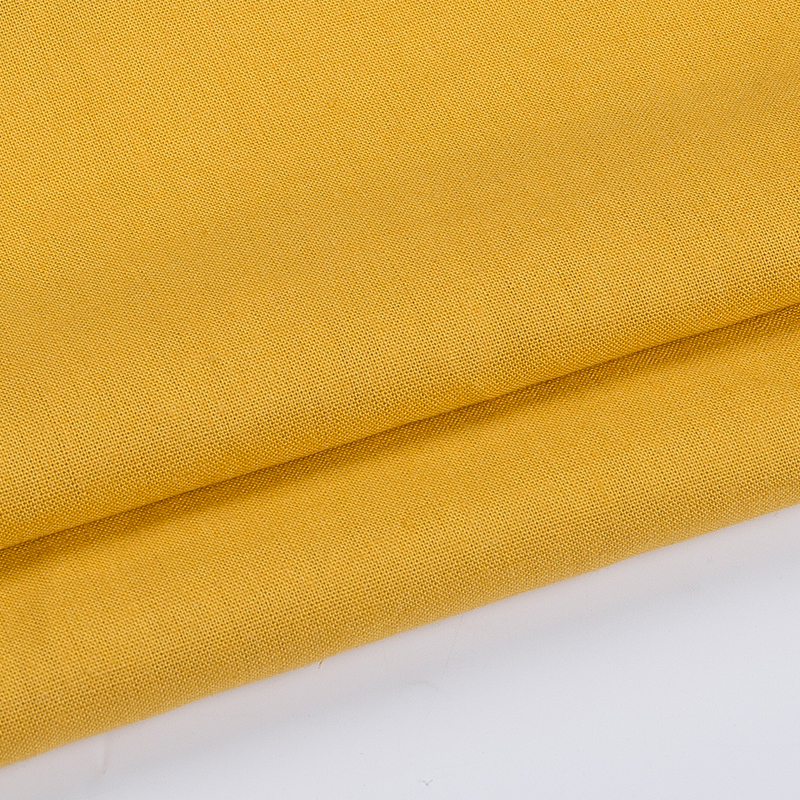Tencel stands out as a marvel of modern fabric engineering, boasting a blend of natural comfort and synthetic resilience. With its origins rooted in sustainably sourced wood pulp, Tencel fibers undergo a meticulous process of dissolving, spinning, and weaving, resulting in a fabric that marries the breathability of cotton, the strength of polyester, and the luxurious sheen of silk. But amidst its many accolades, a lingering question remains: Does yarn-dyeing, a common practice in textile manufacturing, disrupt Tencel's inherent properties?
Before delving into the intricacies, it's essential to understand Yarn Dyed Tencel Fabric's natural attributes. Renowned for its breathability, Tencel fabric effortlessly allows air to circulate, keeping the wearer cool and comfortable even in the sultriest of climates. Moreover, its moisture-wicking prowess ensures swift absorption and dispersion of perspiration, making it an ideal choice for activewear and summer garments.
Enter the world of yarn-dyeing, a process where yarn is imbued with vibrant hues before being woven into fabric. This transformative step is crucial for adding color and depth to textiles, but does it alter Tencel's revered characteristics?
The answer lies in the intricacies of the dyeing process. While yarn-dyeing undoubtedly infuses Tencel fibers with color, it typically does not impede their natural properties. The breathability and moisture-wicking ability of Tencel fabric remain largely unchanged, owing to the resilience of its fiber structure.

Tencel's innate breathability stems from its unique cellulosic composition, which allows air to flow freely through the fabric. This fundamental trait persists even after yarn-dyeing, ensuring that wearers experience the same level of comfort regardless of the fabric's color.
Similarly, Tencel's moisture-wicking prowess remains intact post-dyeing. The fabric's hydrophilic nature enables it to absorb moisture swiftly, drawing sweat away from the skin and facilitating rapid evaporation. This attribute is particularly valuable in high-performance activewear, where staying dry is paramount.
However, while yarn-dyeing itself may not compromise Yarn Dyed Tencel Fabric's natural properties, it's essential to consider the nuances of the dyeing process. Harsh chemicals or improper techniques can potentially alter the fabric's handfeel or softness, detracting from its overall appeal. Therefore, conscientious manufacturing practices and eco-friendly dyeing methods are crucial to preserving Tencel's integrity.
In conclusion, the evidence is clear: yarn-dyeing does not fundamentally alter Tencel fabric's natural properties. Its breathability, moisture-wicking ability, and overall comfort remain steadfast, making it a versatile and reliable choice for a wide range of apparel. As consumers increasingly prioritize sustainability and performance in their textile choices, Tencel emerges as a shining example of innovation without compromise.



 English
English Español
Español May 31,2024
May 31,2024














 +86-519-86503571
+86-519-86503571
 Phone: +86-13218666905
Phone: +86-13218666905 Tel: +86-0519-86503571
Tel: +86-0519-86503571 Fax: +86-0519-86508551
Fax: +86-0519-86508551 E-mail:
E-mail: 